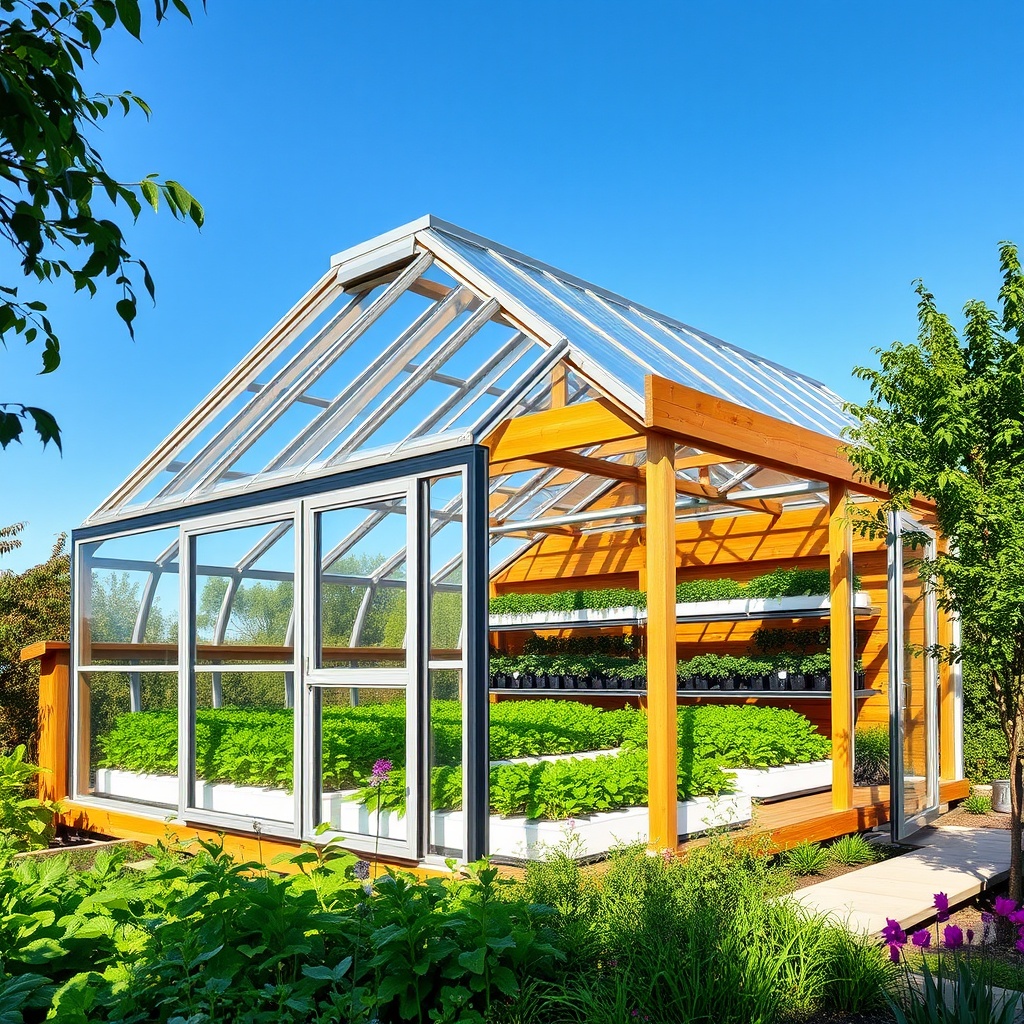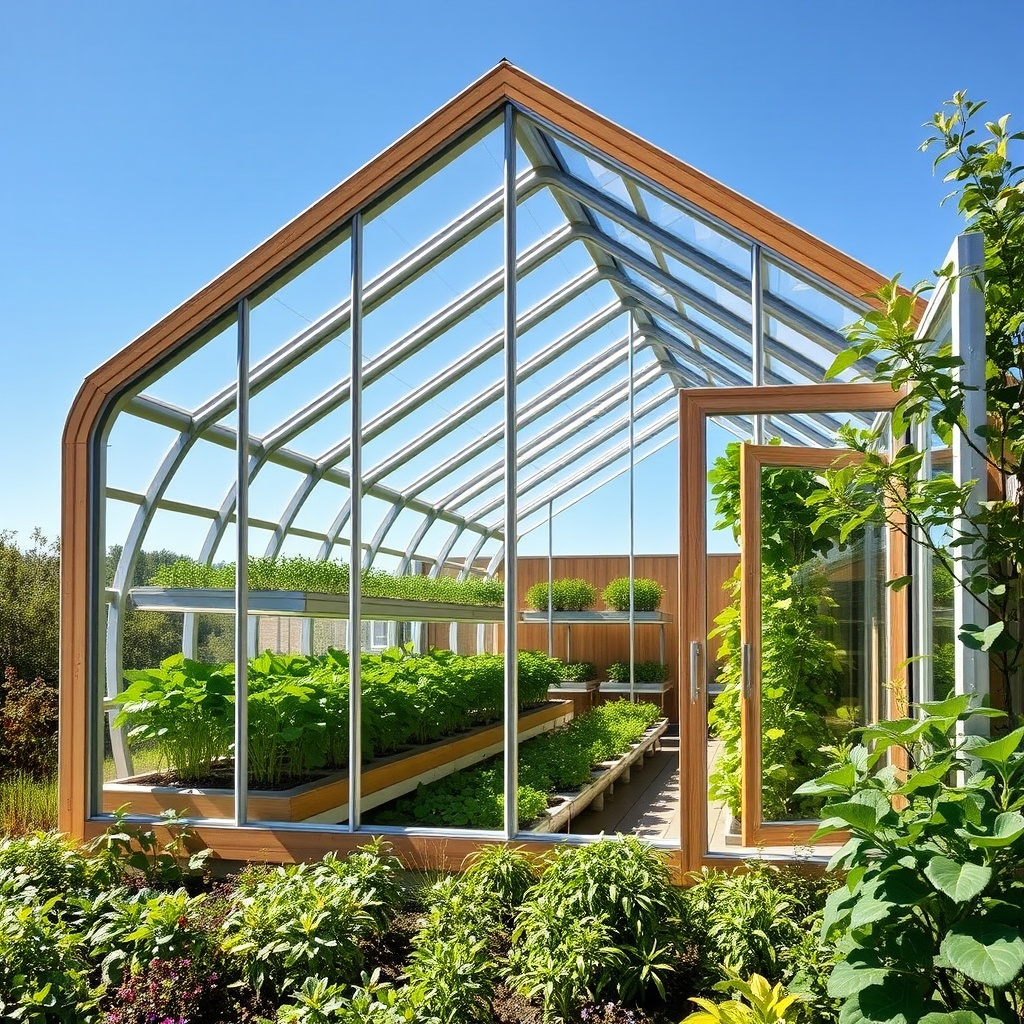Unlocking the Potential of Passive Solar Energy

In a world increasingly focused on sustainability, the integration of passive solar design into hydroponic greenhouses stands out as a beacon of innovation. By utilizing natural sunlight and thermal dynamics, these greenhouses can optimize growth conditions while minimizing energy consumption. This approach not only enhances plant health but also reduces operational costs, making it an attractive option for both small-scale gardeners and large agricultural enterprises.
Key Features of Passive Solar Design

Passive solar design incorporates various elements that work harmoniously to create an efficient growing environment. Below is a list of essential features that can elevate a hydroponic greenhouse’s performance:
- Orientation: Positioning the greenhouse to maximize sunlight exposure throughout the day.
- Thermal Mass: Using materials like concrete or water barrels to store heat during the day and release it at night.
- Ventilation: Incorporating strategically placed vents to regulate temperature and humidity levels.
- Insulation: Utilizing high-quality insulating materials to minimize heat loss.
- Glazing: Selecting the right glazing materials that allow optimal light transmission while maintaining temperature.
Benefits Beyond Efficiency
The advantages of passive solar design extend far beyond mere efficiency. By embracing this innovative approach, hydroponic greenhouse operators can enjoy a multitude of benefits. From enhanced crop yields to reduced reliance on artificial heating, the implications are profound. Moreover, this sustainable model fosters a deeper connection between agriculture and the environment, inspiring a new generation of eco-conscious farmers.




